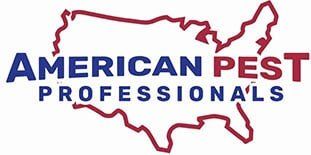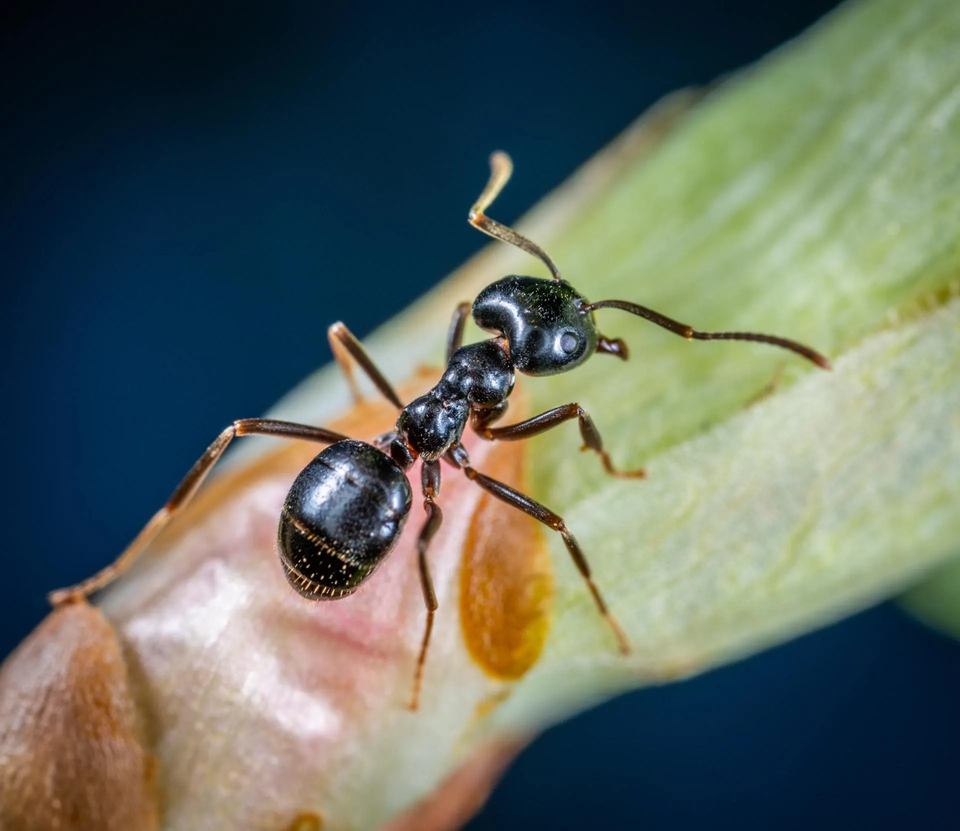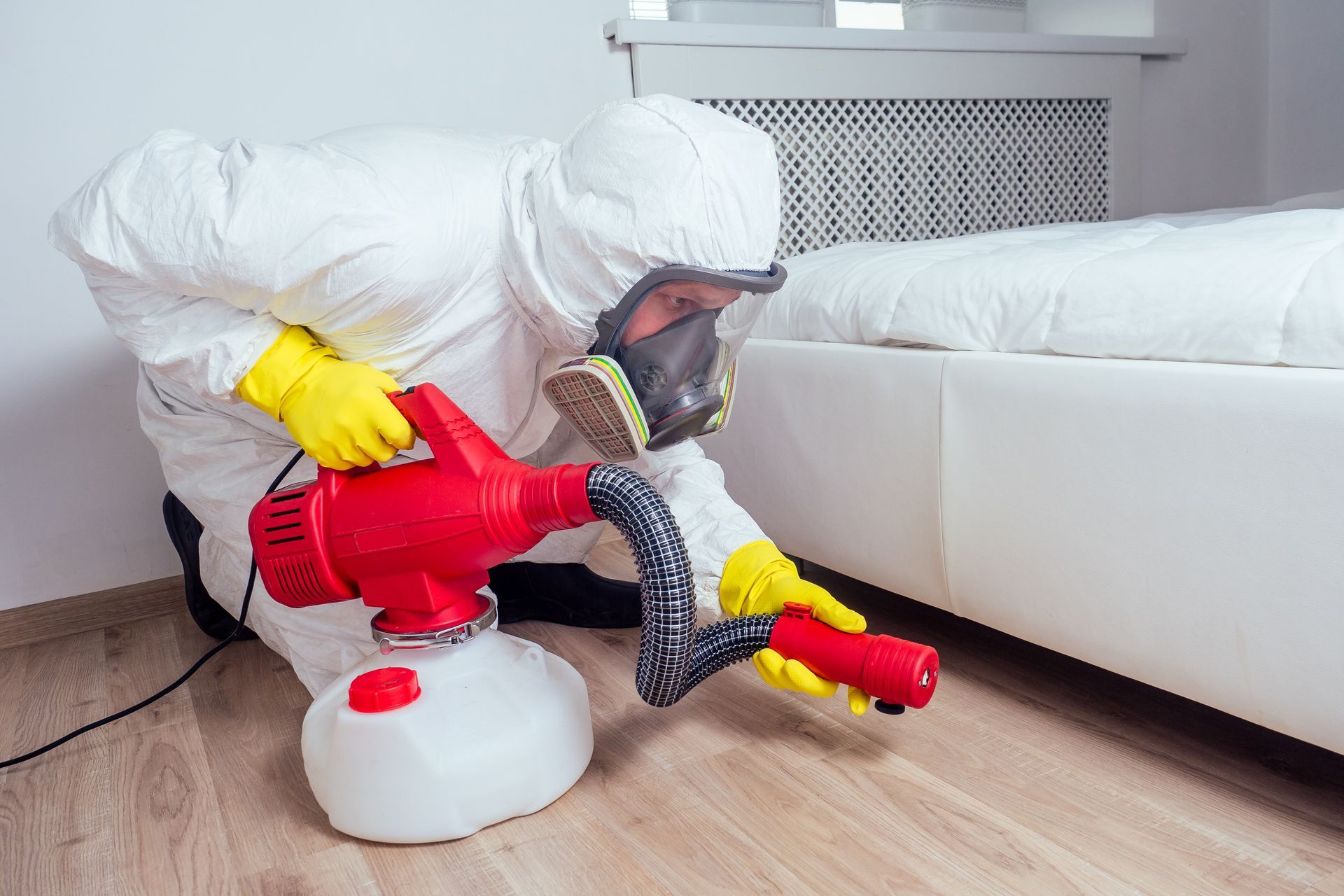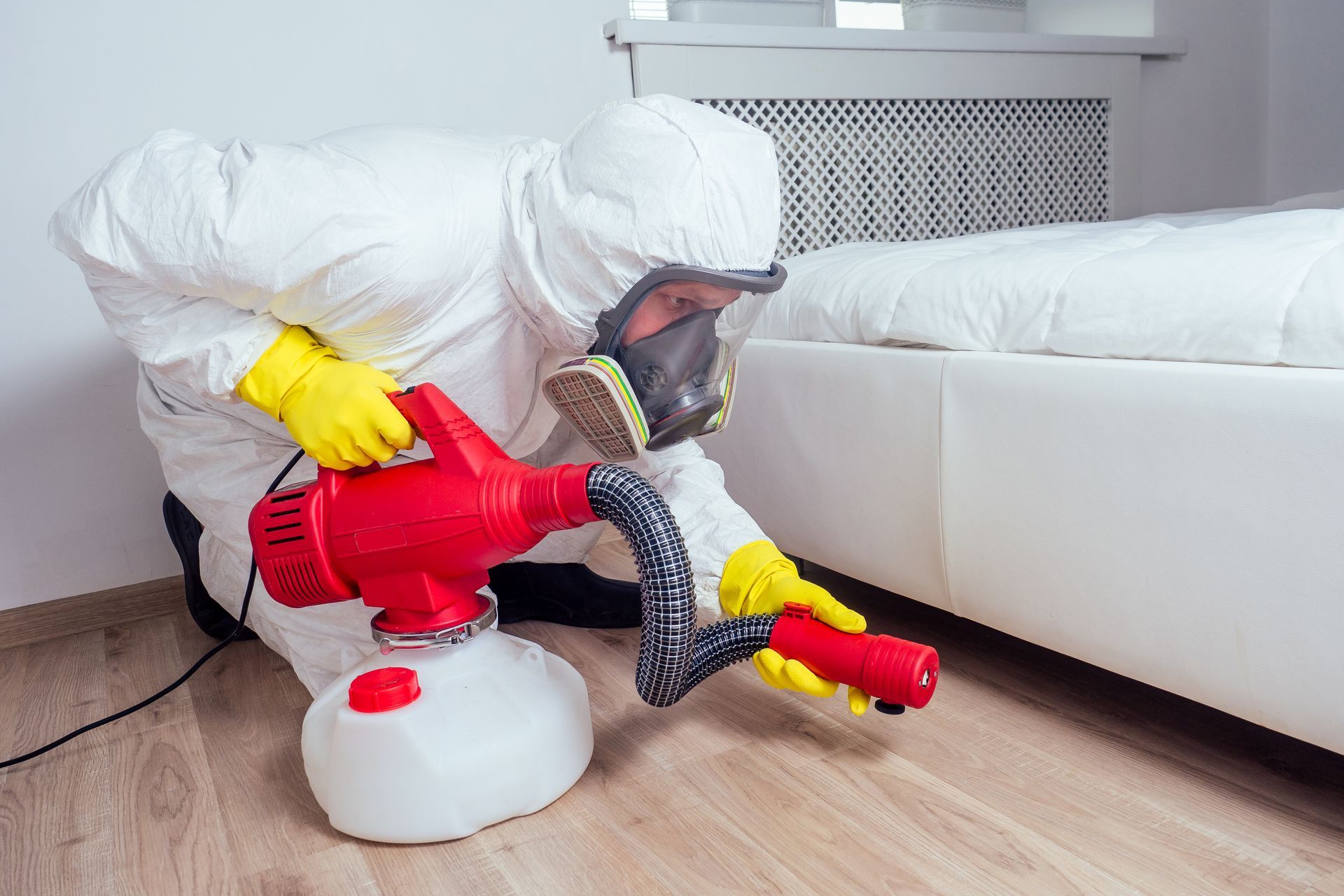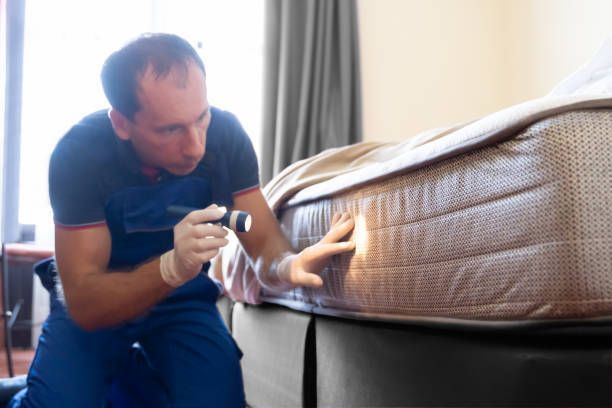Know the Difference - Carpenter Ants vs. Termites
The first step in solving any pest problem is identifying what type of nuisance you’re dealing with. This influences treatment decisions and can streamline home repairs. Some pests -- like carpenter ants and termites -- are often confused because of their similar body styles and tendencies to cause overwhelming damage. When it comes to comparing carpenter ants vs. termites, a few tips make it easy to tell them apart and promote quicker elimination.
Between the two, termites are considered the more significant problem, as they are known to cause incomparably horrific damage. That said, carpenter ants aren’t exactly welcome visitors. In their search for moist, decayed wood (aka: a home), they may eventually chew through your home’s foundation.
Whether you’ve spotted a pest itself or signs of its presence, you’ll want to determine whether you have carpenter ants or termites as quickly as possible.
Comparing Carpenter Ants vs. Termites
Termites and carpenter ants don’t generally look alike and they certainly don’t cause equivalent damage. While termites feed on the cellulose in wood, carpenter ants tunnel into it to build homes. Because they are not constantly looking for their next wood-based snack, carpenter ants are not typically as detrimental as termites.
Carpenter Ants
Among ant species, carpenter ants present one of the greatest threats to your home. With the ability to chew through wood as they build tunnels, these pests could snack on your home’s foundation.
While they have the potential to cause considerable damage, it is generally incomparable to the destruction caused by termites.
Appearance: Measuring 1/4″ to 1/2″ long, carpenter ants are a larger variety of ant. They may be red, black, or a combination of both, and also have long antennae. Swarmers have wings that are unequal in size.
Location: Carpenter ants take up residence near both moist and dry wood. They may be visible on the outside of whatever wooden home they find or hidden in the smooth tunnels they’ve created within. The worker ants will search for food within 300 feet of their nest (usually overnight).
Appetite: These ants typically consume things like insect honeydew, plant and fruit juices, and insects. Inside, carpenter ants will feast on sweets, eggs, meats, and grease. While they may chew through wood to create tunnels, carpenter ants do not eat wood.
Signs of an infestation: Piles of wood shavings and small openings in wood surfaces are the primary indicators of a carpenter ant infestation.
Concerns: While carpenter ants first infest wet or decaying wood, they may begin tunneling in dry, undamaged wood over time. In addition to the structural damage they can cause when tunneling in your home’s foundation, carpenter ants may also destroy other wood items in your home and lawn.
Prevention: Ants can fit through teeny-tiny cracks around doors or windows, so sealing is vital. You should also eliminate water sources including overly moist areas and standing water. Branches, plants, and stacks of firewood should be kept away from the house, as they may provide shelter or a route inside. Finally, it also helps to maintain a tidy home, sweep/vacuum regularly, and store food properly.
Treatment: To treat for carpenter ants yourself, place bait traps near potential entry points and food sources. A foraging ant will bring the poison back to its nest, wiping out the entire colony. For thorough carpenter ant prevention and/or treatment, consider a
residential pest management program tailored to your needs.
Eastern Subterranean Termites
Eastern subterranean termites are the most common (and destructive) species of termite found in the US. They feed on the cellulose in wood, making them particularly dangerous to homeowners.
Appearance: These termites have a rice-shaped body, six legs, and straight antennae. They range in color from creamy white to light brown or even black. Swarmer termites have wings that are equal in size.
Location: Termites may invade spaces both inside and outside the home, as well as buildings like apartments and commercial properties. From outdoor fences to indoor furniture, termites will eat anything made of wood, including your home’s foundation.
Appetite: Subterranean termites constantly feast on wood and may consume other cellulose-containing products.
Signs of an infestation: Mud tubes are a tell-tale sign of a termite infestation. Other signs include discarded wings (they look like fish scales), waste that resembles a pile of pepper, and soft wood that sounds hollow when tapped.
Concerns: Aside from totally collapsing the foundation of the home they reside in, termites may lead to warped or squeaky floors, discolored and drooping walls, and peeled paint. Whatever they chew through, it may result in hollow-sounding wood with no visible signs of damage.
Prevention: No one wants to deal with a termite infestation, so prevention is critical. Eliminate standing water around your home and avoid water accumulation near its foundation by ensuring that downspouts, gutters, and splash blocks function properly. You’ll also want to ventilate crawl spaces to reduce humidity, seal cracks and crevices to eliminate entry points, and keep wood scraps out of the yard to remove food sources. Most importantly, do not allow soil to come in contact with wood elements of your home by maintaining a 1-inch gap between them.
Treatment: Unfortunately, there really is no DIY treatment method for eradicating termites (they’re diligent and will come back). The best way to eliminate them is to hire a pest professional, who will recommend the best treatment option for your home. With termites causing an estimated $5 billion in property damage each year (often not covered by insurance), an annual,
preventative pest management program is a relatively modest cost.
While both carpenter ants and termites can cause damage to your home, the latter is far more threatening. If you suspect either, give your pest professional a call to investigate the problem before it gets worse.
When you’ve got a pest problem, don’t get stuck in the carpenter ants vs. termites debate.
Contact us to schedule a free inspection and get started with treatment as soon as possible!
